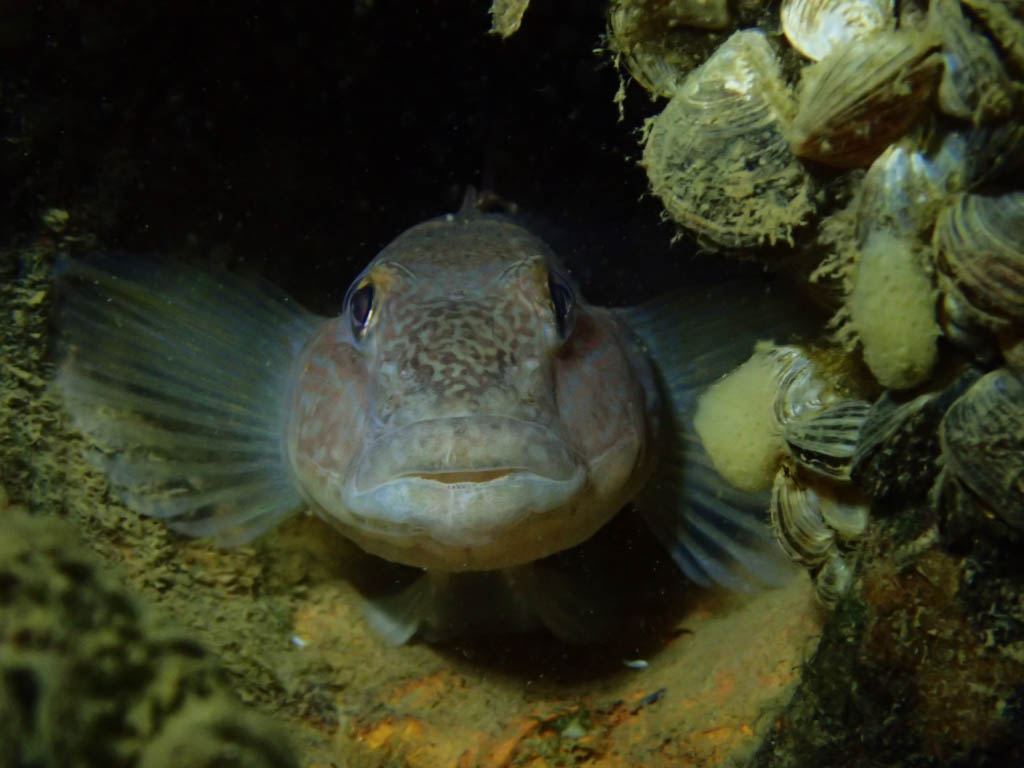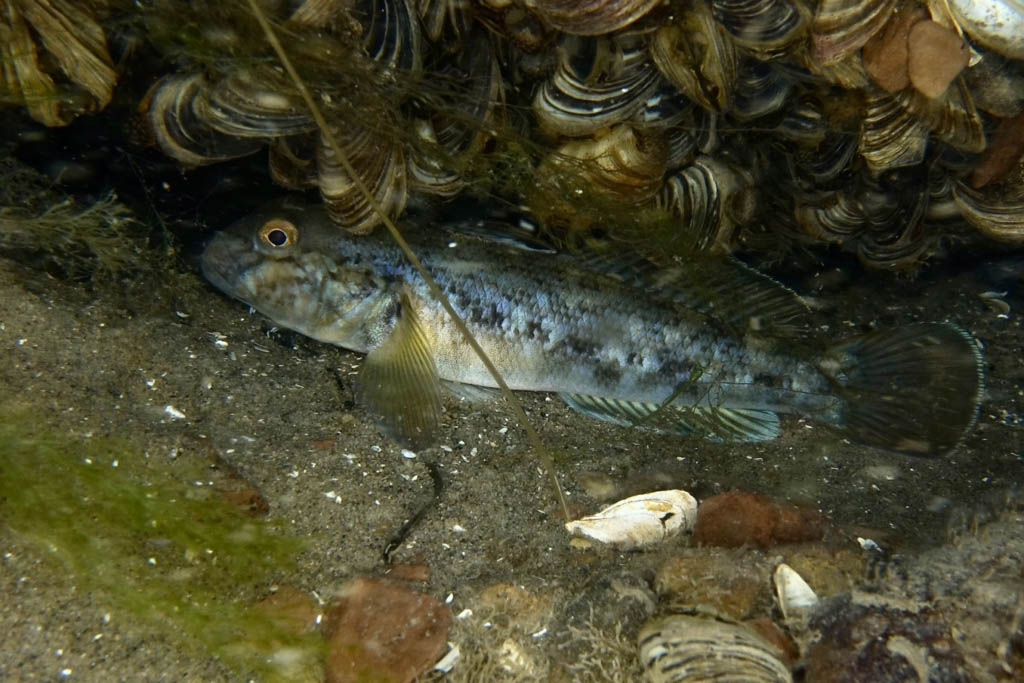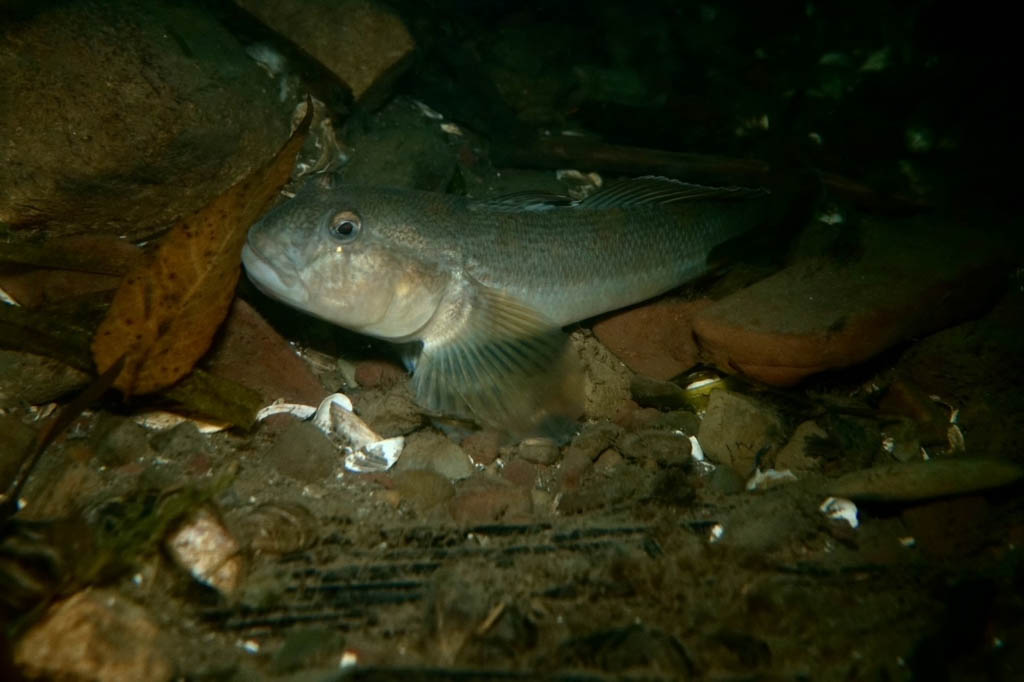As Divers we tend be very aware of the environment we explore. We are especially aware when changes to that environment occur. Within the Great Lakes, we have been most aware of how introduced species have had a greatly detrimental effect to the freshwater ecosystem of these lakes. Having had the pleasure of diving in the Lower Great Lakes for over 50 years, the introduction of zebra mussels, quagga mussels and the Round Goby have certainly changed that experience!
New divers no longer have the opportunity to witness what it once was like before this new reality.
As most of us are aware these introduced species came when ships travelling through the Great Lakes emptied their ballast tanks. Zebra mussels were the first to be noticed in the 1990’s but quickly followed by the two other species that also were native to the same regions- the quagga mussel and the Round Goby.
Round Gobies have become, on a lot of dives in Southern Ontario, the most predominant species of fish observed. I can remember a dive on the CB Benson off Port Colborne in Lake Erie where, as I was descending near the bow, it appeared that the entire deck was moving. It was literally the movement of hundreds of the little buggers moving about on the deck. This observation has been repeated several times on other wrecks. They even appeared to be gazing up at me as I reached the wrecks-eerie indeed!
Like the mussels, the Round gobies have had a deleterious effect on freshwater ecosystems they have ‘invaded’. They do, however have one redeeming feature-the are adapted to eat zebra mussels and they certainly now have an abundant food source in the Great Lakes. For me, they have become an interesting subject during underwater photography dives. Although they are quite skittish, moving about quickly, they can be approached and photographed with a little patience. They make a good ‘practice subject’!
Thanks to David Gilchrist for his article and the photos.
Follow David’s Dive Adventures on Facebook and Instagram.









